In my last article, I discussed how our minds often use cognitive distortions to increase the negative effects events have on us. In this article, I will point to ways you can change your thinking from distorted to balanced to decrease the negative emotional effect of events on you.
Cognitive distortions affect our moods negatively when they infiltrate our thoughts in response to situations. As such, I frequently help my clients identify these negative thought patterns in depression counselling, anxiety counselling, anger management counselling, post-traumatic stress disorder counselling, eating disorders counselling, addictions counselling, self-esteem counselling, stress management counselling and couples counselling. Cognitive restructuring is a technique you can learn and practice to change your distorted thinking to more accurate or balanced thinking in which the distortions are reduced or eliminated. Cognitive restructuring can be used to attack all kinds of cognitive distortions including those I discussed in my last blog article: All-or-nothing thinking, focusing on the negatives, jumping to conclusions, personalization, and labeling.
Moving toward balanced thinking: Examining the evidence for and against your negative thought
The first step in moving from distorted thinking to balanced thinking is to examine the evidence which supports and does not support your negative thought. For example, if you felt anxious, frustrated and angry in a social situation because of the negative thought, “Those people didn’t like me”, you should examine what evidence supports and does not support this thought. The kind of evidence you look for should be evidence that would ‘stand up in court’. Actions and statements are usually the best kind of evidence. In this example, a negative comment or action toward you would be evidence that supports your thought, “Those people didn’t like me” while positive comments and actions would constitute evidence which does not support your negative thought. Avoid including as evidence your speculations regarding people’s motives. For example, it would be unhelpful to include as evidence supporting your thought, “Those people didn’t like me” items like “Some of the people gave me an odd look”. The problem with including this item as evidence is that it is not clear whether the ‘odd look’ was behaviour reflective of like or dislike toward you. On the other hand, someone smiling at you could be used as evidence not supporting your negative thought “those people didn’t like me” because a smile is a nonverbal expression which is clearer in meaning than an ‘odd look’. Once you have listed the evidence which supports and does not support your negative thought, you are ready for the next step in moving from distorted thinking to balanced thinking.
Using the evidence to construct a balanced thought
Once you’ve gathered evidence which supports and does not support your negative thought, you are ready to construct a balanced thought. The balanced thought is a more accurate or balanced view of events compared with your negative thought which contains one or more cognitive distortions. A typical balanced thought begins by acknowledging the evidence supporting the negative thought but importantly also acknowledges the evidence which does not support the negative thought. In the example above, the balanced thought might be, “Even though there is evidence that some of the people may not have liked me, there is also evidence that some of the people did like me.”
The key benefit of a balanced thought—a positive effect on your mood
The primary benefit of a balanced thought is that it leads to a positive effect on your mood compared with the negative thought which contains one or more cognitive distortions. In the example, the emotions of anger, frustration and anxiety would be lessened in their intensity by thinking in terms of the balanced thought rather than the negative thought. Research and experience demonstrates an additional benefit of balanced thinking: If you practice this skill enough, you will train your mind to automatically think balanced thoughts rather than distorted negative thoughts in response to situations. This will, in turn, have a significant positive effect on your mood on an ongoing basis.
An important note on balanced thoughts—they are not simply positive affirmations
Many clients I work with as a Calgary psychologist and a Cochrane psychologist are surprised to discover that balanced thoughts are not simply positive affirmations. As you can see from the example, balanced thoughts examine all the evidence including evidence which supports your negative thought. The latter kind of evidence is important to acknowledge because it will often point you toward actions you can take to improve your mood in addition to the improvement you have achieved with cognitive restructuring. In the example, it would benefit the person to consider reasons that several of the people he encountered behaved toward him in a manner indicating that they did not like him. Perhaps the person could benefit from work on improving his social skills so that more people respond favourably to him. Having acknowledged these benefits of paying attention to the evidence supporting his negative thought, it is important that he also realize that several people he encountered behaved in a favourable manner toward him. Holding this balanced view of the evidence in relation to his negative thought allows for one’s mood to be in a better place in response to situations. It also makes it easier to view the actions you need to take as ways to improve yourself rather than as corrections of inherent deficiencies. So the moral of the story in getting rid of cognitive distortions is that you don’t need to dismiss genuine negative elements in a situation—just make sure you balance these negative elements with the positive elements.
May you have balance in your thinking and in your life,
-Dr. Pat


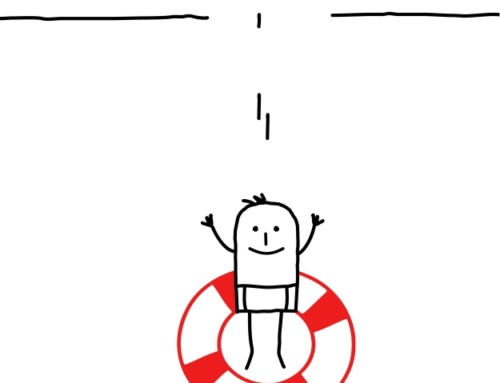
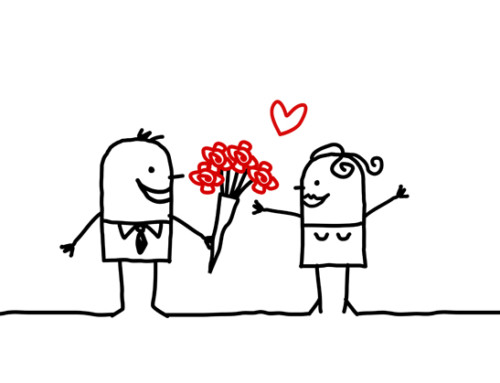
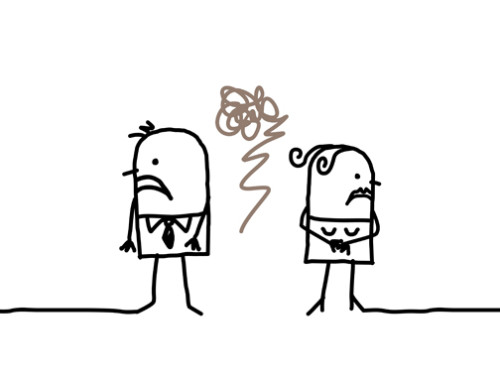
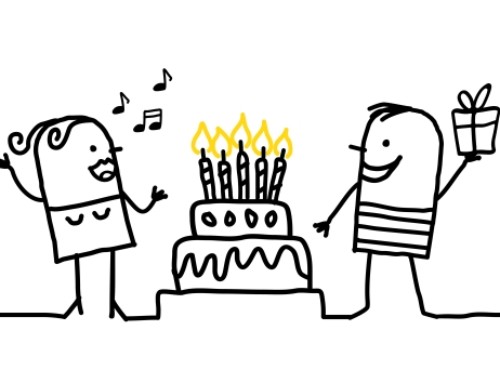
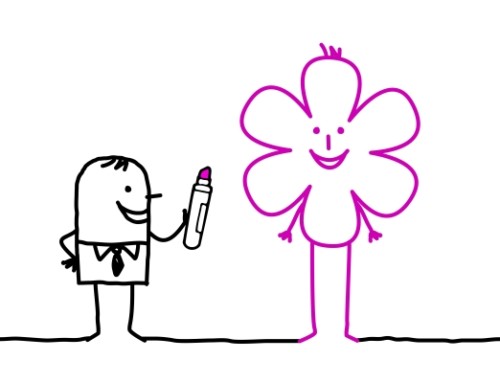
Leave A Comment